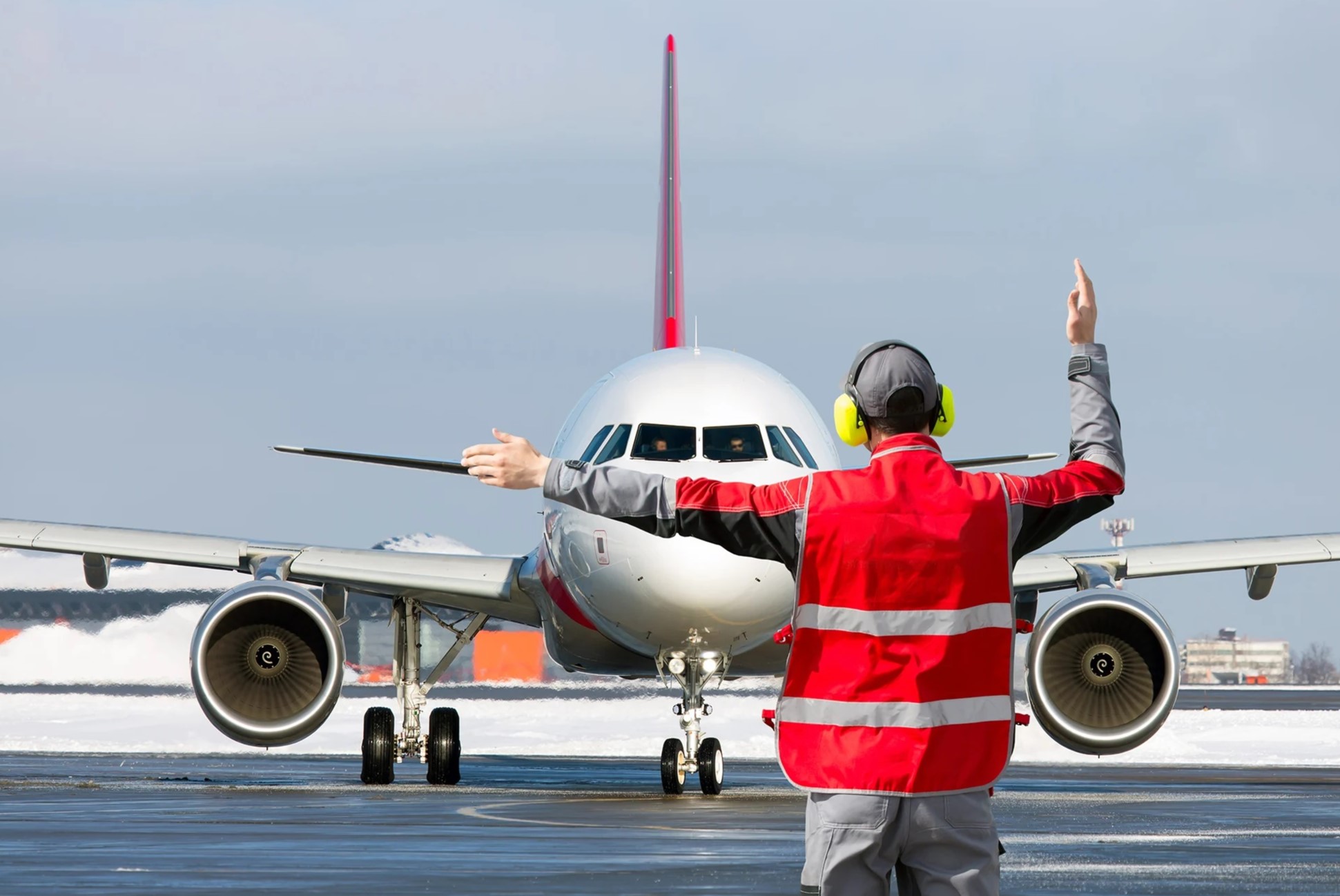
Are you curious about how airlines keep passengers safe? Airline safety protocols are designed to protect everyone on board, from takeoff to landing. These measures include rigorous pilot training, advanced technology, and strict maintenance schedules. Did you know that flying is one of the safest modes of transportation? Thanks to these protocols, air travel has become incredibly reliable. Ever wondered why flight attendants give safety demonstrations? It's not just for show; understanding these procedures can make a big difference in an emergency. Want to learn more about the behind-the-scenes efforts that ensure your safety? Keep reading to uncover 18 fascinating facts about airline safety protocols that might just change the way you think about flying.
Key Takeaways:
- Airline safety protocols cover pre-flight checks, in-flight measures, and post-flight procedures to ensure passenger and crew safety. These protocols include everything from turbulence avoidance to emergency evacuation training.
- Modern technology, such as advanced navigation systems and collision avoidance systems, plays a crucial role in enhancing airline safety. Regulatory bodies like ICAO and FAA set and enforce strict safety standards for airlines worldwide.
Understanding Airline Safety Protocols
Airline safety protocols are designed to keep passengers and crew safe during flights. These measures cover everything from pre-flight checks to emergency procedures. Let's explore some fascinating facts about these protocols.
-
Pre-Flight Safety Checks: Before any flight, pilots and crew conduct thorough inspections of the aircraft. This includes checking the engines, fuel levels, and emergency equipment to ensure everything is in working order.
-
Safety Briefings: Every flight begins with a safety briefing. Flight attendants demonstrate how to use seat belts, oxygen masks, and life vests. They also point out emergency exits.
-
Turbulence Protocols: Pilots receive real-time weather updates to avoid turbulence. When turbulence is unavoidable, passengers are advised to fasten their seat belts to prevent injuries.
-
Emergency Evacuation Procedures: Airlines train their crew to evacuate an aircraft within 90 seconds. This includes using slides and directing passengers to the nearest exits.
In-Flight Safety Measures
Once the plane is airborne, several protocols ensure the safety of everyone on board. These measures are crucial for handling unexpected situations.
-
Cabin Pressure Control: Aircraft cabins are pressurized to mimic conditions at 8,000 feet above sea level. This helps passengers breathe comfortably and prevents altitude sickness.
-
Oxygen Masks: In case of cabin depressurization, oxygen masks drop automatically. Passengers are advised to secure their own masks before assisting others.
-
Fire Safety: Aircraft are equipped with smoke detectors and fire extinguishers. Crew members are trained to handle in-flight fires quickly and efficiently.
-
Medical Emergencies: Flight attendants receive first aid training. Many flights also carry automated external defibrillators (AEDs) to assist with cardiac emergencies.
Post-Flight Safety Protocols
After landing, safety protocols continue to ensure the well-being of passengers and crew. These measures help maintain the aircraft and prepare it for the next flight.
-
Disembarkation Procedures: Passengers are instructed to remain seated until the aircraft has come to a complete stop. This prevents accidents during the disembarkation process.
-
Aircraft Inspection: After every flight, maintenance crews inspect the aircraft for any damage or technical issues. This ensures the plane is safe for its next journey.
-
Cleaning and Sanitization: Airlines have increased their cleaning protocols, especially in light of recent health concerns. High-touch areas are thoroughly sanitized between flights.
Technological Advancements in Safety
Modern technology plays a significant role in enhancing airline safety. These advancements help prevent accidents and improve overall flight safety.
-
Advanced Navigation Systems: Modern aircraft are equipped with advanced navigation systems that help pilots avoid obstacles and navigate safely through various weather conditions.
-
Collision Avoidance Systems: Aircraft are fitted with Traffic Collision Avoidance Systems (TCAS) that alert pilots to potential mid-air collisions and suggest evasive maneuvers.
-
Black Boxes: Every aircraft has two black boxes—one records flight data, and the other records cockpit conversations. These devices are crucial for investigating accidents.
-
Weather Radar: Pilots use weather radar to detect storms and other hazardous weather conditions. This allows them to alter their flight path to avoid danger.
Regulatory Bodies and Safety Standards
Various organizations set and enforce safety standards for airlines. These bodies ensure that airlines comply with strict safety regulations.
-
International Civil Aviation Organization (ICAO): ICAO sets global aviation standards and regulations. Member countries must adhere to these guidelines to ensure safe international travel.
-
Federal Aviation Administration (FAA): The FAA regulates all aspects of civil aviation in the United States. This includes setting safety standards and conducting inspections.
-
European Union Aviation Safety Agency (EASA): EASA oversees aviation safety in Europe. They work closely with national aviation authorities to ensure compliance with safety regulations.
Staying Safe in the Skies
Airline safety protocols are more than just rules—they're lifesavers. From pre-flight checks to in-flight procedures, every step ensures passengers' safety. Pilots undergo rigorous training, and flight attendants are prepared for any emergency. Aircraft maintenance is thorough, with regular inspections and upgrades. Advanced technology like collision avoidance systems and weather radar keeps flights smooth. Passenger cooperation is crucial too; following instructions can make a big difference. Remember, the safest way to travel is by air. Next time you board a plane, you'll know the layers of safety in place. So, sit back, relax, and enjoy your flight, knowing you're in good hands.
Frequently Asked Questions
Was this page helpful?
Our commitment to delivering trustworthy and engaging content is at the heart of what we do. Each fact on our site is contributed by real users like you, bringing a wealth of diverse insights and information. To ensure the highest standards of accuracy and reliability, our dedicated editors meticulously review each submission. This process guarantees that the facts we share are not only fascinating but also credible. Trust in our commitment to quality and authenticity as you explore and learn with us.


